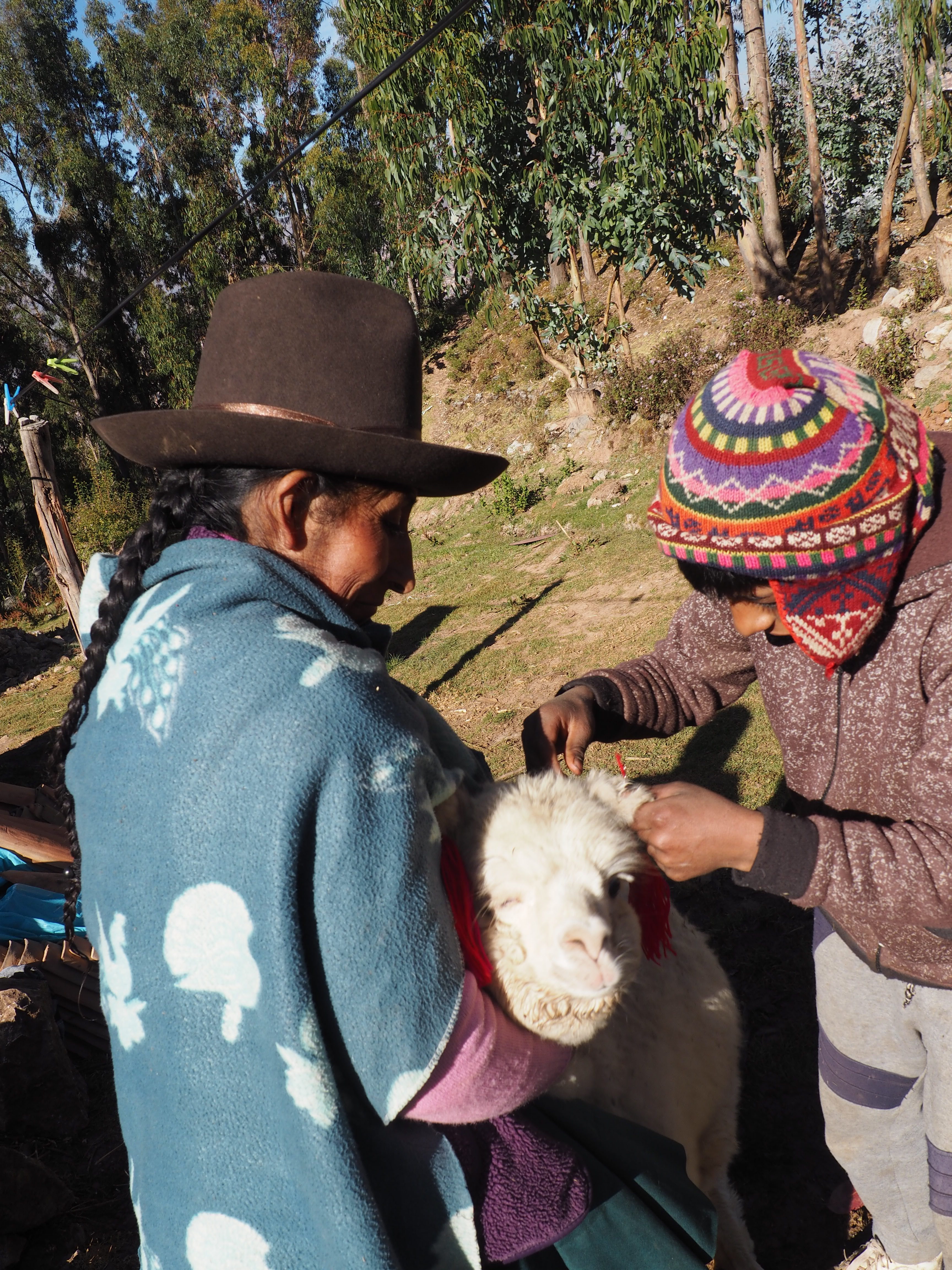On the night of June 23rd, I celebrated the ovejas’ birthday in the comunidad where I have been living since January.
As I mentioned in my previous post, I have been in Cusco since April 2017. During this time, I have lived and researched with Quechua women and their animals to better understand the work that they perform in photography tourism in the historic center of Cusco.
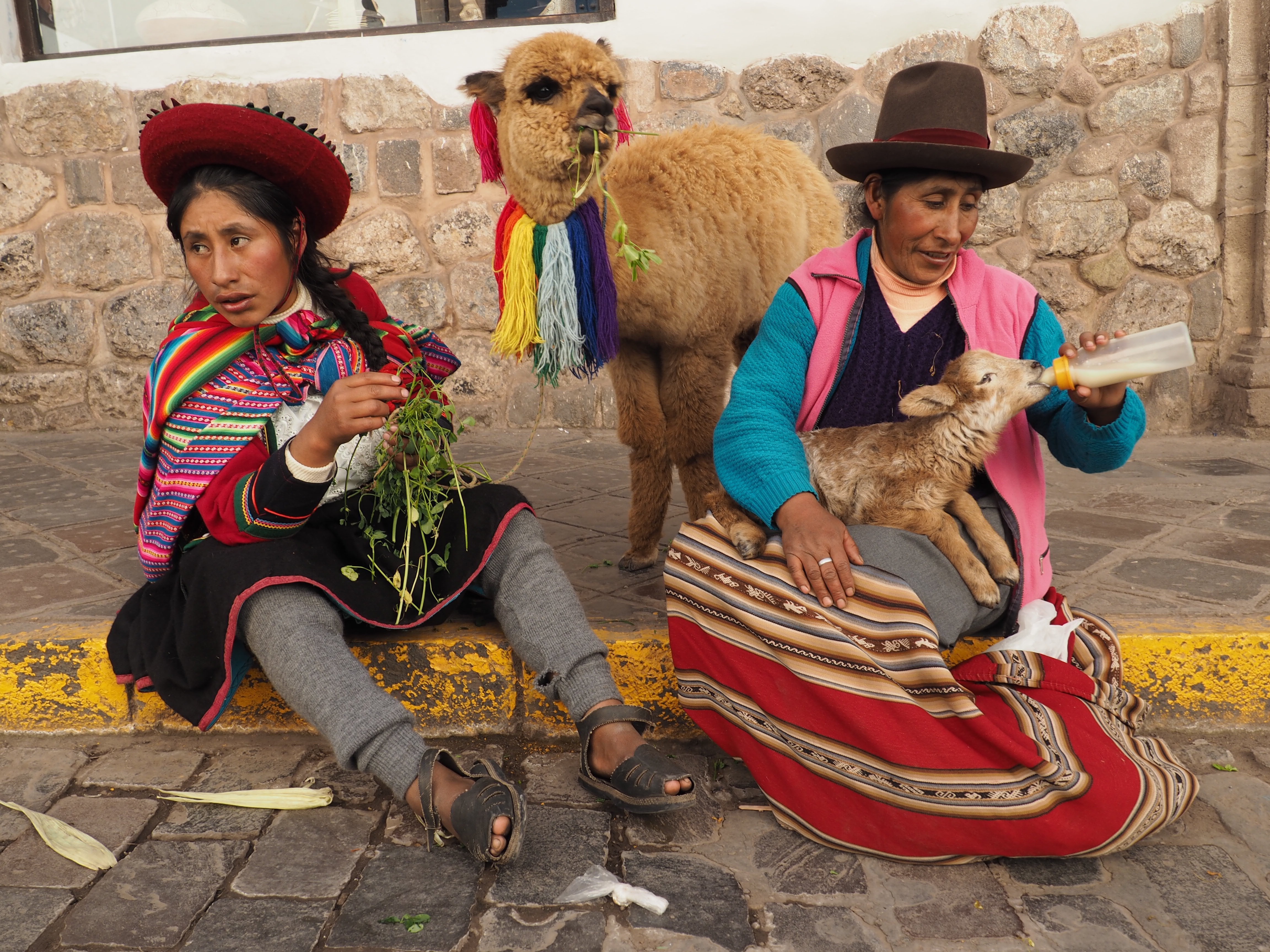
For the first seven months of my research, I lived in an apartment in Cusco and walked with various women every day as they offered photograph opportunities with their animals to tourists. Since January 2018, I have lived in a small comunidad campesina on the outskirts of town in order to better understand community life, how humans and animals live together, and what women and animals do when they are not working in Cusco.
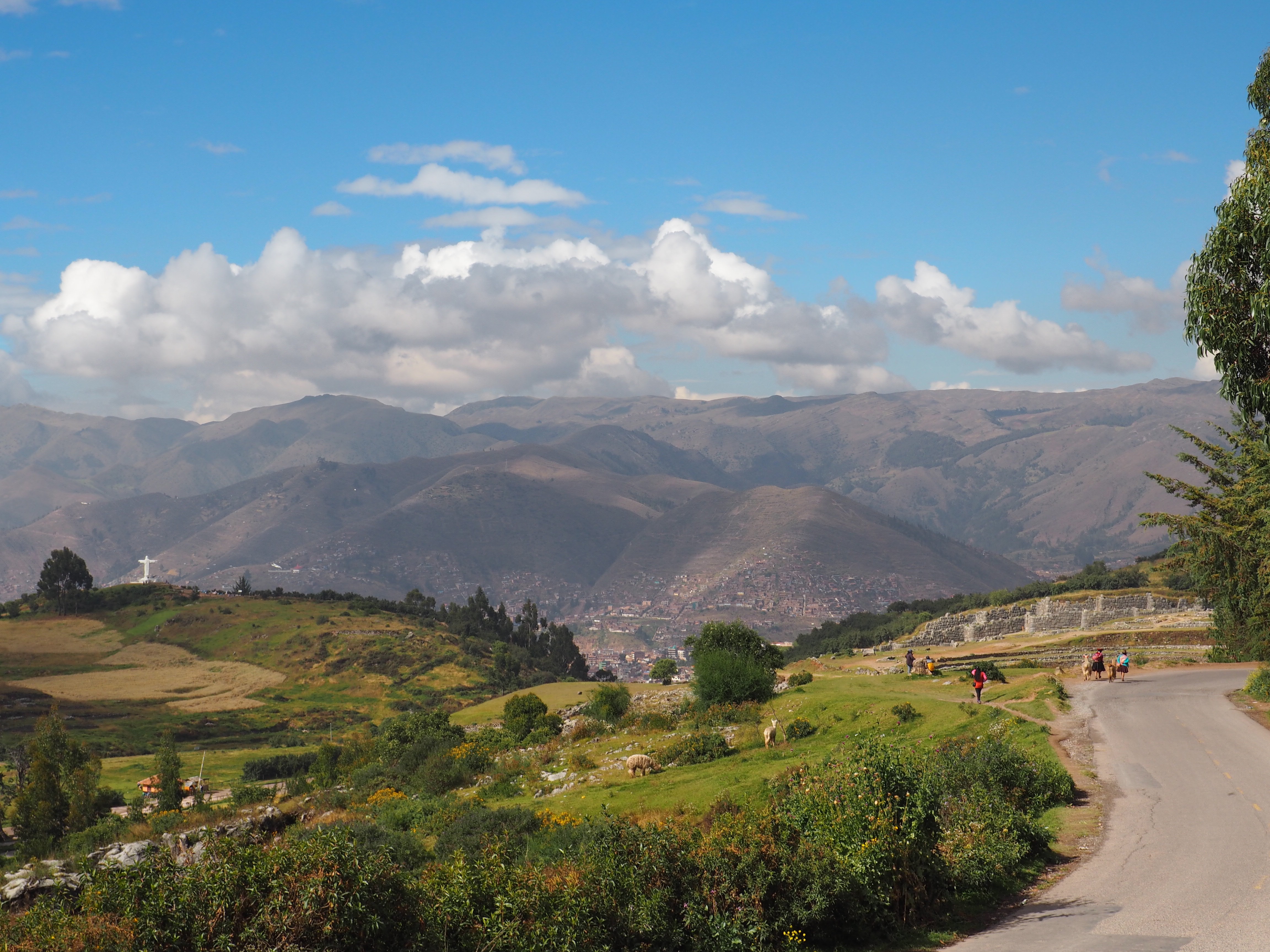
When I first moved to the comunidad, Cristiana, the woman with whom I live mentioned that I would have the opportunity to celebrate the ovejas’ birthday in June. In my first few months living in the comunidad, I didn’t really comprehend the sheep’s birthday event. Although Cristiana explained to me multiple times that there was some sort of celebration with the ovejas on June 23rd, but I could not t really get it until I experienced it.
Cristiana’s family maintains a herd of about 50 ovejas, seven alpacas, and four goats. All the animals live in a corral an hour’s walk up the mountain from our house, This is where we celebrated su cumpleaños We prepared to make the trip up on foot around 8:00 pm in the evening but were lucky enough to catch a car up the mountain.
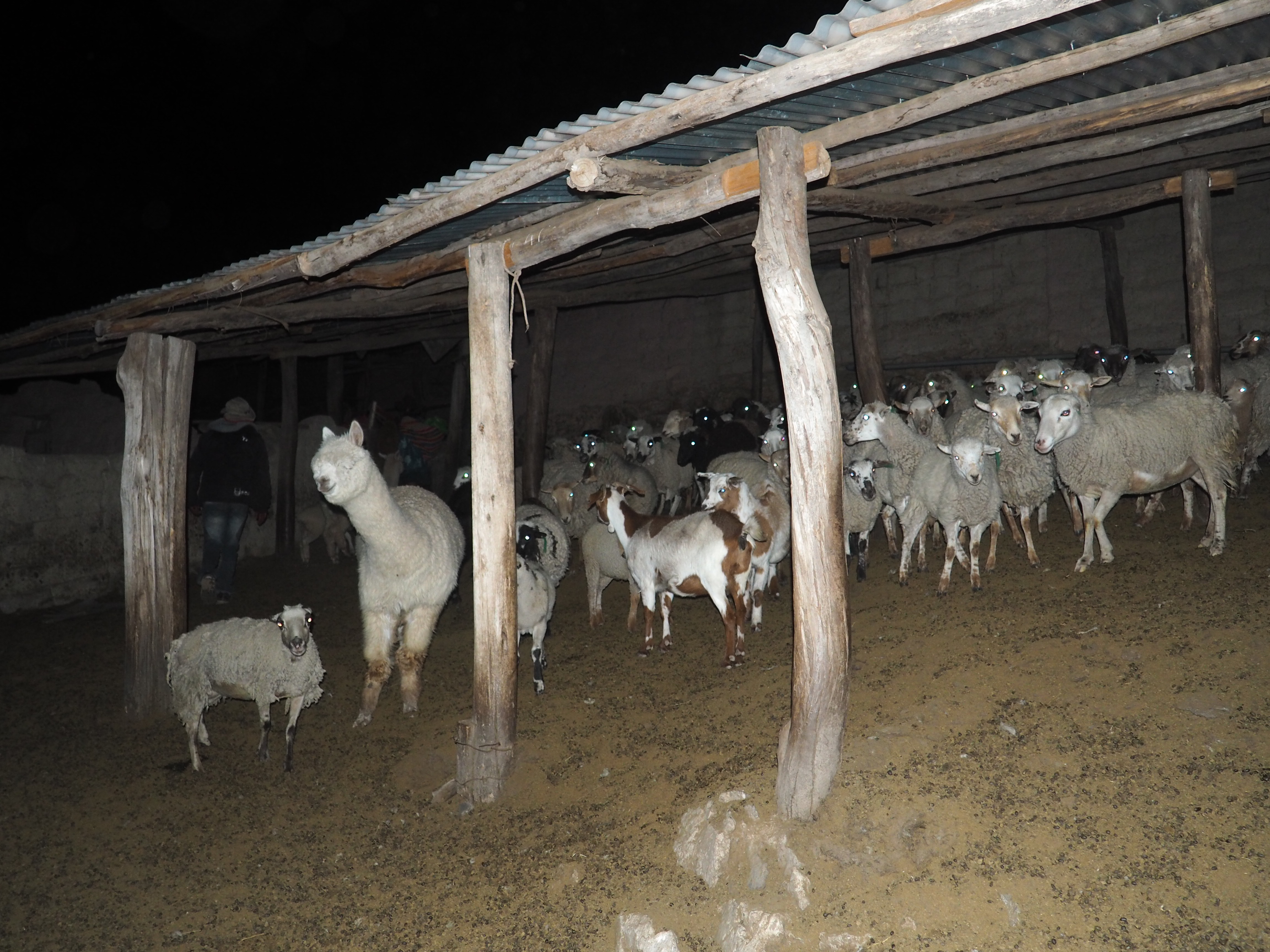
When I arrived with the Cristiana and her husband, the kids had already started a fire in the corral and were hanging out with the animals. Huayno music was blasting over the radio, the stars and moon were shining, and neighbors were setting off bottle rockets around us. And it was cold. In the corral, we laid blankets on the ground near the fire, put the two babies with us to sleep, and each took a blanket to keep warm.
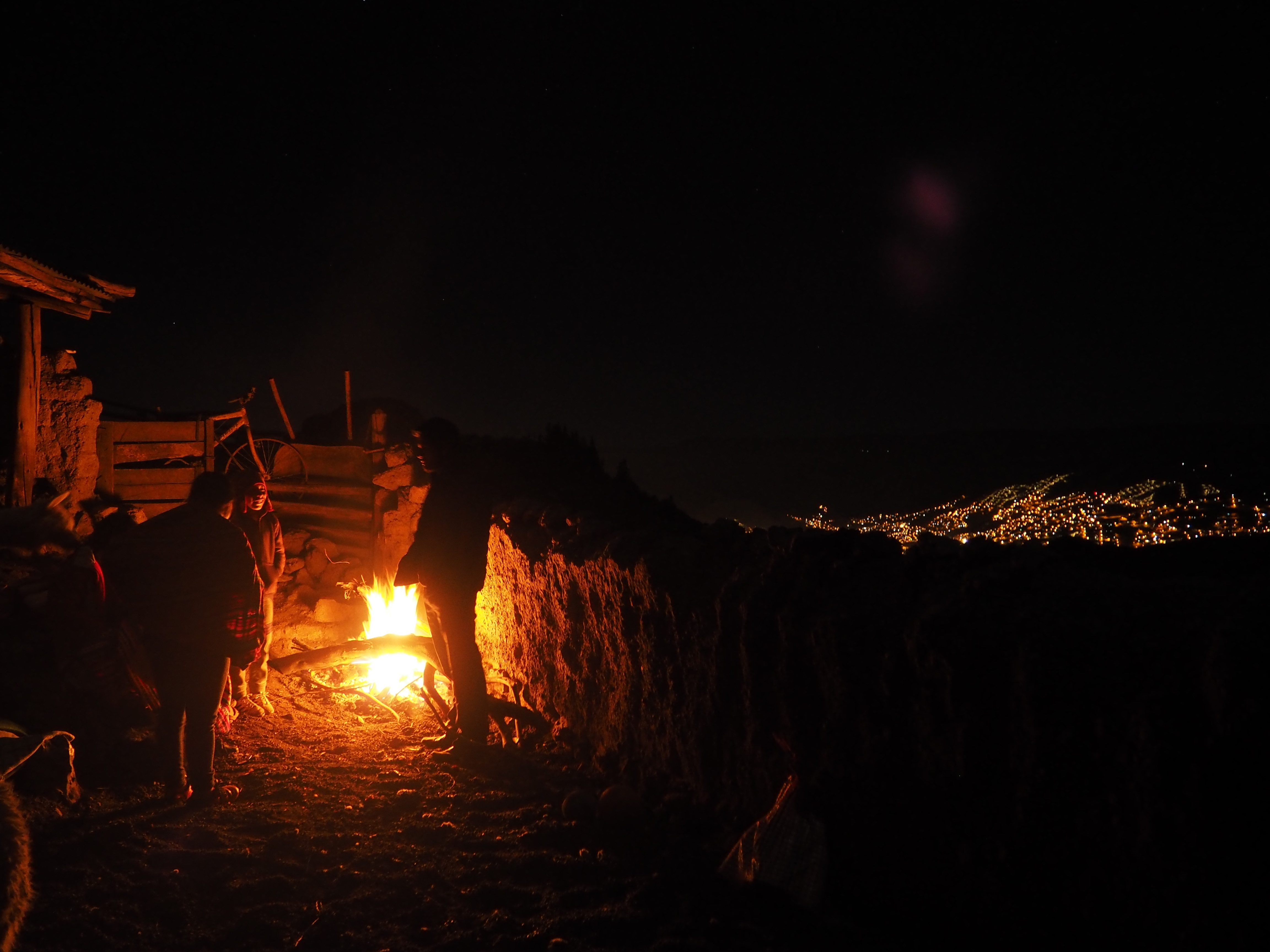
Cristiana told me months ago that the familia usually kills and cooks one of the ovejas for the celebration. This year however, she explained to me that they did not have time and we would be eating chicken instead.
Two other familias joined us in the corral. Huddling by the fire, we peeled potatoes and carrots, prepared mate (a hot drink), and settled in for a night in the corral with the animals.
(picture)
As the chicken soup cooked over the fire, each owner of an oveja in the herd “blessed” the animals with champagne. To do so, each person poured a small amount of champagne into a cup, spoke a few words under their breath, and threw the champagne on the animals, who scattered into the far corners of the corral each time the champagne hit them.
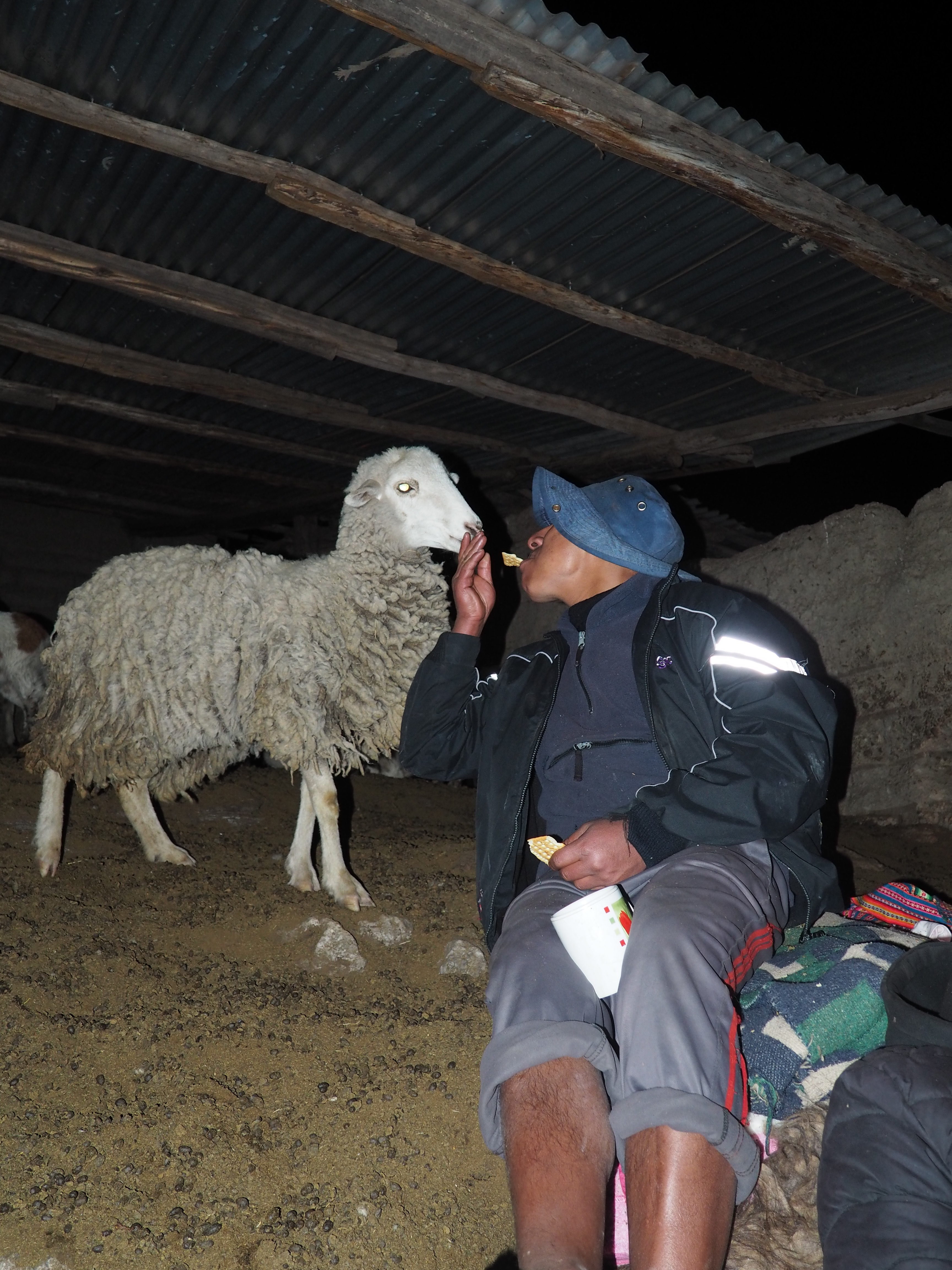
We spent the rest of the night eating, drinking, and simply being with the animals. I have a hard time with overnighters, no matter how hard I try, so I was in and out of sleep while everyone else drank and talked. By about 5:00 am, the sun had risen and everyone was up and preparing for the animal gifting and ear piercings.
The gifting and ear piercing piece of the celebration is important for creating and maintaining social bonds between and amongst familias. Those who participate in the cumpleaños are gifted an oveja from the herd. Although the animal stays with the herd instead of moving to a new corral, the gifting creates new new social ties between humans and ovejas and bonds humans together.
During this process, an oveja is chosen from the herd and one ear is pierced with a colored string designating to whom it belongs. Cristiana’s 11-year-old son took charge of the ear piercing by chasing and trapping the ovejas and piercing their ears with a needle.
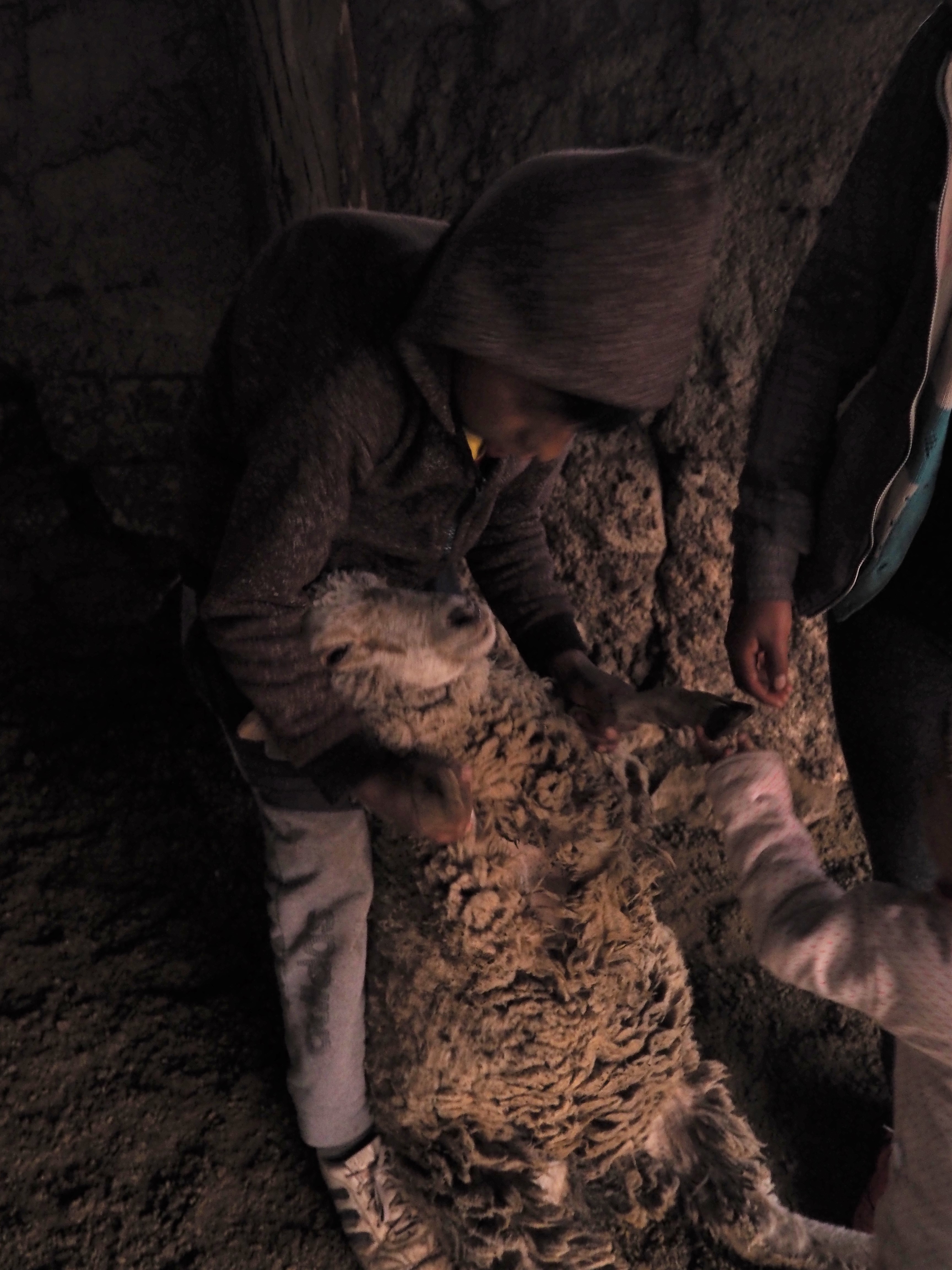
As two familias joined us for the cumpleaños, my familia gifted two of their ovejas. After the piercing, Cristiana’s husband held each oveja in his arms as he thanked each familia for joining us for the sumpleaños and welcoming their new social bond.
